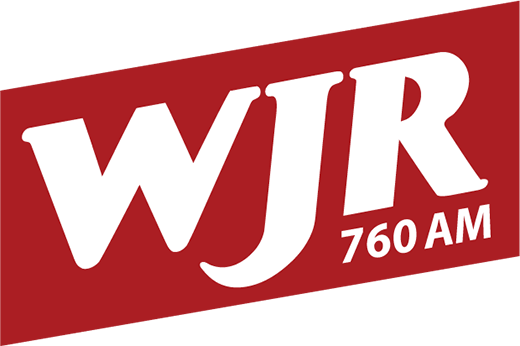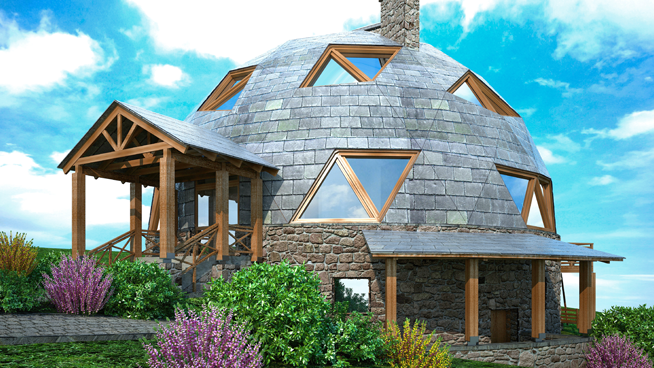
By Ken Calverley and Chuck Breidenstein
DETROIT, June 25, 2021 ~ Homeownership has long been considered the foundation of the growth of individual wealth in the United States. A large percentage of most people’s net worth is tied to the equity in their home.
Homeownership rates have increased 20 percent during the past few generations and are predicted to trend higher.
And the very idea of owning a home and the land upon which it stood were huge drivers of the mass exodus from Europe to the “America’s” where a person, through hard work and effort, could purchase and own his property.
Before 1950, much of our population lived in rented city dwellings or homes on farms in rural America. New programs stemming from The Great Depression and World War II helped to change the housing landscape. Returning war veterans flocked to buy homes in urban areas where builders like Bill Levitt were constructing subdivisions, at one point completing a new home every 16 minutes.
With $100 down and a government backed 20-30 year amortized mortgage, a family could purchase a brand new home for a little over $7,000. The monthly payment of around $30 compared favorably to $90 per month for apartment rentals in the city.
And the risk has proved a good one, despite many detractors at the time. Most of those homes still stand and are worth over 20 times what they originally cost. Historically the cost of housing has outpaced inflation, so you end up with an investment you can occupy.
In 1940, the median cost of a new home was about $3,000. By 1950 that number was more than $7,000, or 2.2 times the average annual income in the U.S. at that time. By 2013, it took 3.7 times average annual earnings and $180,000 to purchase that same house.
The median cost today? Around $315,000 and the average mortgage accounts for about 90% of the total house value at time of purchase!
So the question begs; “Is the market going to crash or continue to accelerate for the foreseeable future?”
The Guys tend to land on the optimistic side of increasing home values.
The cost of money is low and current lending policies are fairly conservative, so only those who can actually afford the home are getting the money to do so. This would support the idea of relatively fewer foreclosures like those we saw in the 2006 era, where so many foreclosures actually led to what we later discovered was a temporary reduction in home values.
There is a housing shortage throughout the country. It is decades old and only getting worse. Demand has long outpaced supply in most major metropolitan areas.
Developing new, buildable, lots is a very high risk, expensive and time sensitive endeavor. Many developers, spending millions of dollars and many years tied up by bureaucratic red tape, lost their proverbial shirts in the last economic downturn. Until raw land can be quickly turned into buildable lots, this shortage will continue to grow.
Large investors, both foreign and domestic, are recognizing the value of residential real estate, whether multifamily or detached single family. They are gobbling up huge numbers of properties at what they believe are “bargain-basement” prices. While we may not need a new shopping mall, we all need a place to call “home.”
The more economical and less time sensitive way to bring “newer” properties to an upscale market is through re-vitalization of older neighborhoods and properties. Far less time and red tape to upgrade a 40-year old property down town than to try to develop a new property in suburbia.
The issue that such gentrification brings is to literally price existing owners and occupants out of their homes and apartments while not creating any “new” housing.
And what about the effects of the new “work-at-home” ethic? Studies have shown that, while people historically were very inefficient working from home, the past year and available technologies have raised that productivity by more than 40%. So while many businesses will “downsize” their commercial spaces, the value of that home-cum-office will increase.
And that vacated commercial space? It results in lost tax base for the jurisdiction. If they choose to recapture that revenue through higher taxes on residential properties, the values go even higher over time.
As stay-at-home employees, working parents will want slightly bigger houses and even more amenities. They will no longer be willing to use the kitchen table as their “home office”.
Closer proximity to quality day care will loom even larger since Mom and Dad are not doing a 45 minute commute twice a day, so location parameters for housing will continue to loom large.
It is predicted that part of the savings gained with less commercial space by an employer will be offset in higher wages to a now more valuable, and rare, work-at-home employee. So these buyers will have even more money to invest in the dwindling supply of housing.
Keep in mind every market is unique. Every neighborhood has its own set of “qualifiers” regarding price and value over time.
But if history is any indicator, the cost and value of housing will continue to rise over the foreseeable future.
For more housing advice, listen to the Inside Outside Guys every Saturday and Sunday on News / Talk 760 WJR from 10 a.m. to noon or contact us at InsideOutsideGuys.com.
***
The “Inside Outside Guys” are published every Saturday in the Homestyle Section of The Detroit News.




